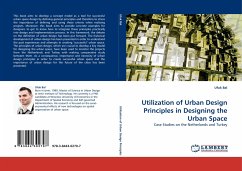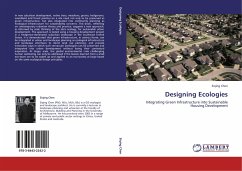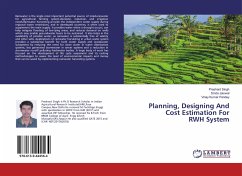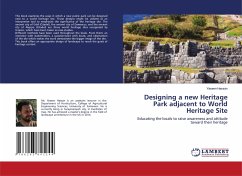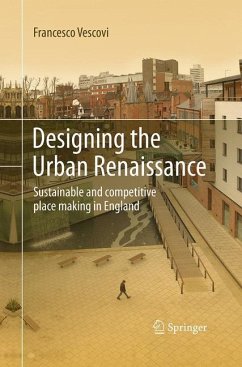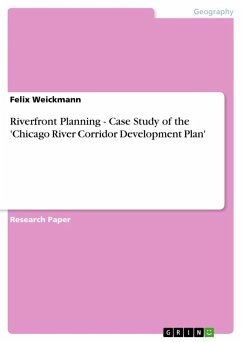This book aims to develop a concept model as a tool for successful urban space design by defining general principles and therefore to stress the importance of defining and using these criteria when realizing projects. Moreover, this book aims to provide concrete examples for designers to get to know how to integrate these principles practically into design and implementation process. In this framework, the debate on the definition of urban design has been put forward. The historical development of urban design has been presented in order to understand the past experiences and attempts in creating successful' urban space. The principles of urban design, which are crucial to develop a key model for designing the urban space, have been used to monitor the projects from the Netherlands and Turkey with making comparative study between them. As a consequence, importance and necessity of urban design principles in order to create successful urban space and the importance of urban designfor the future of the cities has been presented.

